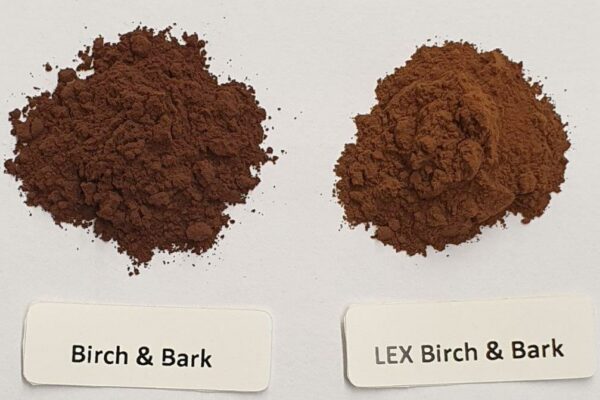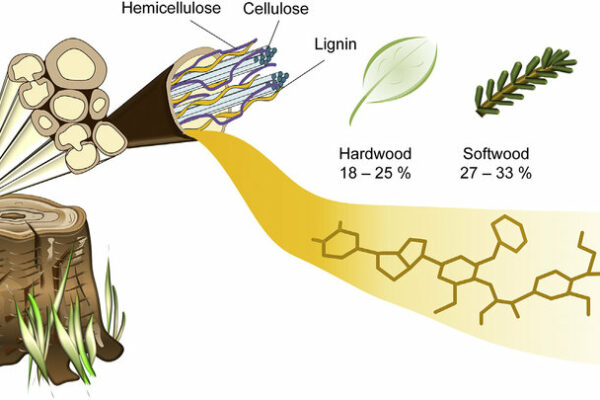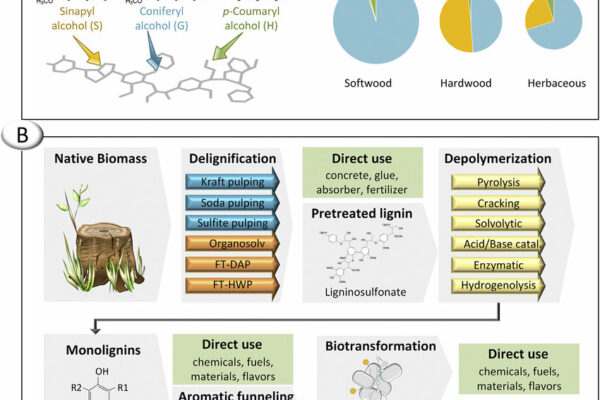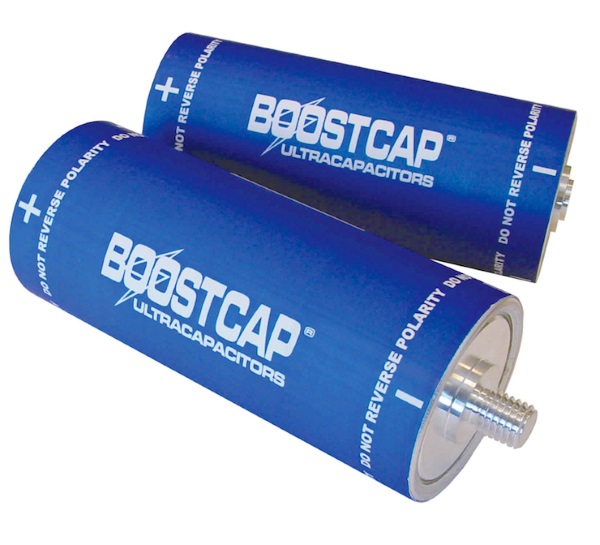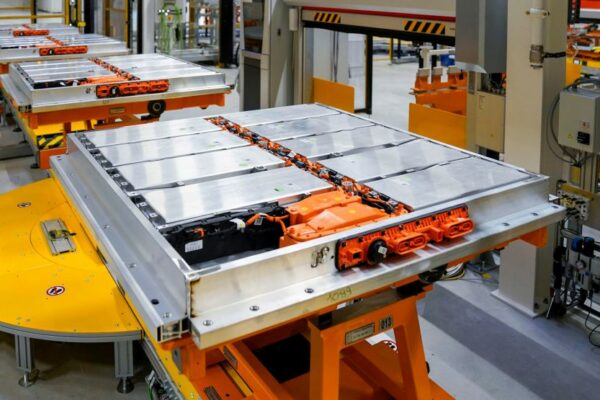The Paper Waste Revolution For The Production Of Cheap Supercapacitors Needed By The Automotive Industry
About 100 Million Tons Of Natural Lignin Are Produced Annually As A By-Product Of Paper Production, which can greatly help the automotive industry make it possible to produce Lighter, Cheaper, High-Range Electric Vehicles.
Paper Waste Revolution, Over the past few decades, industry analysts have been trying to predict the movement and development of vehicles through the “road map.” Most of these analyzes were similar. Development of electric and hybrid vehicles and the use of vehicles equipped with fuel cells that run on hydrogen.
The predictions were not so wrong. However, the popularity of electric vehicles was higher than expected, and at present, the future of fuel cell vehicles is not very clear.
With all this, a completely sustainable option without producing any carbon and hassle with the ability to use renewable energy can be the answer to all these expectations.
Many scientists worldwide believe that the key to the story is the use of completely new materials. We know that solid-state batteries are on the way, and it seems that they can completely change the game.
Last year, MIT and Lamborghini used a new material made of metal-organic in their supercapacitor to increase energy density.
This creates a great connection between the battery and the supercapacitor, allowing charging and discharging at a very high speed compared to today’s batteries. It also increases the range of motion of the car.
Lignin is a by-product of the paper industry and is produced tens of millions of tons annually, most of which are burned for energy production.
In its natural habitat, this substance occupies the spaces between the cell walls of plants and gives the plant a so-called woody state. This material allows the plant to resist pests and harsh weather conditions.
Lignin is one of the most abundant polymers in nature that is renewable. The automotive industry has welcomed it.
Supercapacitors are currently made of carbon, which is very expensive.
Scientists at Imperial College London have recently discovered that they can use lignin to replace the graphene-based carbon used in supercapacitors.
Lignin-derived materials can store more electrical energy in a given volume than carbon-based materials. Lignin is also much cheaper.
The Finnish company Stora Enso is currently testing a lithium-ion battery anode made of lignin.
The company is looking to partner with fiber manufacturer Cordenka to replace carbon fiber raw materials with lignin. At present, carbon fiber raw materials are derived from polyacrylonitrile raw materials.
Scientists at the German Textile and Fiber Research Institute (DITF) have successfully used lignin to make carbon fiber.
In the end, it seems that the reduction of greenhouse gas emissions has created a huge incentive to find new innovative methods and use more sustainable and cheaper materials.

